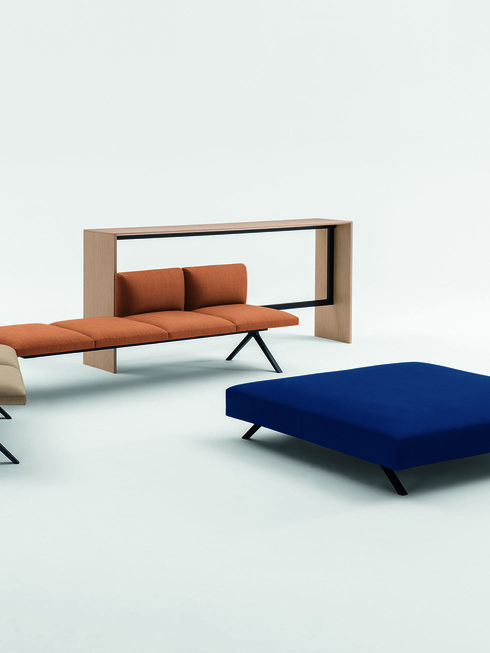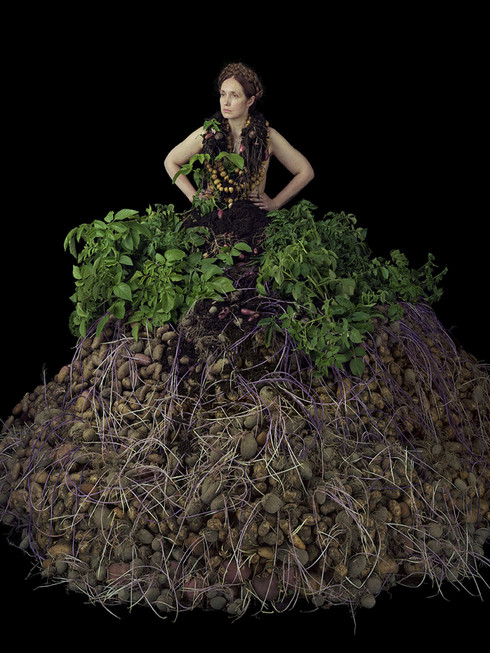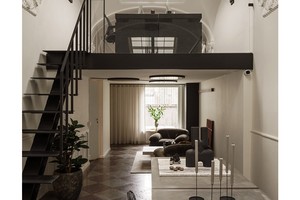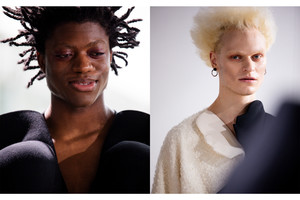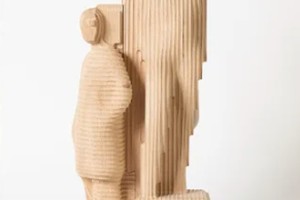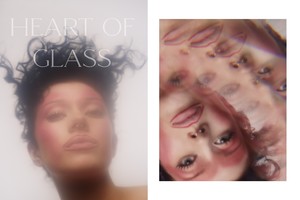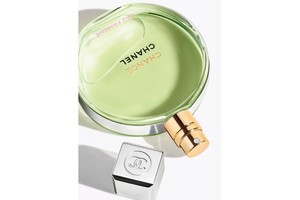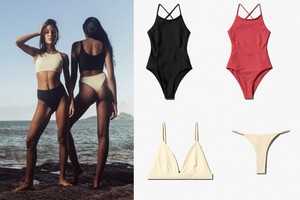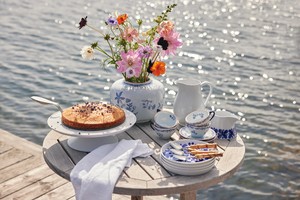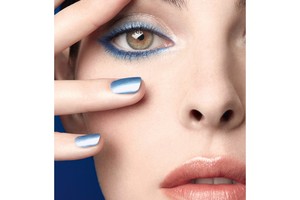SVENSKT TENN'S SUSTAINABILITY PHILOSOPHY
Written by Fashion TalesSvenskt Tenn has reviewed its range of products from a sustainability point of view, investigating the environmental impact of manufacturing processes and materials. The results are presented in a booklet, Svenskt Tenn’s Sustainability Philosophy, which is available in the Stockholm store as well as online.
Svenskt Tenn works towards the vision of contributing to society in as many ways as possible. For example, manufacturing goods locally helps to keep Swedish craftsmanship alive and it creates jobs. The surplus generated from the sales of the design products benefits important research within ecology and medicine, through grants from the foundation that owns Svenskt Tenn. But CEO Maria Veerasamy wants to go even further:
”We are proud of our contribution to crafts and research in Sweden, but we want to become even more sustainable as a company, and raising the knowledge levels is an important aspect of this. This review is a starting point. A source of knowledge that will help ourselves, our suppliers and our customers along the way”, she says.
To assist in the review, Svenskt Tenn has retained Renée Andersson, one of Sweden’s most experienced experts in sustainable production and human rights, with an honorary doctorate at Lund University. In the auditing process, Renée Andersson has worked her way down the chain of suppliers and subcontractors to identify the materials’ origin and how they are processed in the creation of the final product. The reader can learn about such things as ”conflict minerals”, processes used in the production of linen, cotton and tanning of leather, and how a combination of barium and zinc has made the production of crystal glass more friendly to the environment than using lead – just to name a few examples.
To read the sustainability review in full - go here!





